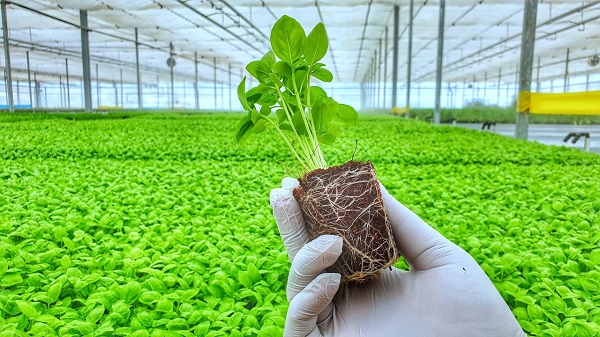
New Delhi, (Samajweekly) Artificial Intelligence (AI) is likely to play a key role in relieving India’s agriculture sector from its stressful input conditions, catalysing a shift towards data-driven farming, said a new Nasscom-EY report on Thursday.
With increased government support, growing agritech providers, burgeoning start-up ecosystem, and rising AI adoption among the rural farming population, a strong transformation impetus is underway, said the report titled “Leveraging AI to maximise India’s agriculture output.”
Data consolidation (both at macro and real-time farm-level), lack of infrastructure awareness in data processing, and its availability have been some of the key challenges faced by the sector today.
In addition to this, lack of awareness on agricultural inputs specific to the produce, access to quality seeds, lack of adequate mechanisation and irrigation infrastructure, scarcity of farmer capital, frequent disease outbreak, and inadequate storage facilities are the other value chain challenges faced by the sector.
“The Indian agriculture sector can utilise the potential of AI’s transformative capabilities through effective data practices,” Debjani Ghosh, President, Nasscom, said in a statement.
“The Netherlands is a stellar example of effective AI adoption in agriculture. With just a small arable land, the country has become the world’s 2nd largest exporter of agricultural products by value leveraging technology and AI.
“For India to realise the full potential of AI, a coalition of government, industries, and startups in providing necessary infrastructure and policy support, enabling AI innovation across sectors, and mentoring and providing financial support to startups is imperative,” she said.
Leveraging macro as well as farm-level data collected through sensors could help maximise yields and optimise the use of available resources, said the report.
Several AI-led use cases, such as precision agriculture and farm management, agricultural robots, automated weeding, crop quality and readiness identification, pest prediction and prevention, livestock monitoring and management, crop yield estimation, etc. can solve improving farm productivity.









